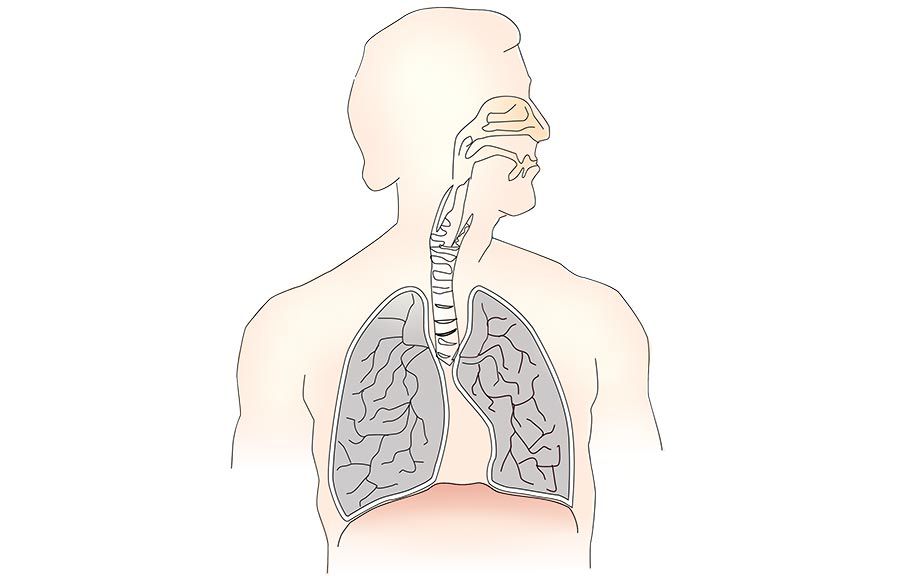Genomics
Institute
Genomic editing of cytoprotective variants evolved in resilient organisms
We are identifying genes that let hibernating squirrels survive with low oxygen, paving the road to treating heart attack and stroke.
SHARE:
Genome evolution has enabled organisms to live in and adapt to nearly every ecological niche on Earth. Humans live in an oxygen-rich ecosystem and human tissues are susceptible to deprivation of oxygen (hypoxia) under pathological conditions, including ischemic stroke and heart attack. Many organisms, from anaerobic bacteria to hibernating ground squirrels (GS), have evolved mechanisms to tolerate varying degrees of hypoxia. In particular, ground squirrels have been shown to be highly resilient to ischemic insults and reperfusion injuries, which helps them survive during hibernation as a natural part of their life. We found such resilience is intrinsic and present even in ex vivo-cultured neural stem cells isolated from GS.
By comparing the protein-coding DNA sequences of the GS genome with those of closely related non-hibernating mammals, we have discovered several cytoprotective proteins, including neurotrophic and mitochondrial respiratory chain proteins, with key amino acid substitutions that are unique to GS but otherwise deeply conserved in mammals. We will use the revolutionary CRISPR-Cas9 technology to engineer such GS-specific substitutions, singly and in combination, in neural stem cells. We anticipate this project will determine causal roles of such striking genomic evolutionary changes in cytoprotection and endow neural cells with enhanced resilience to hypoxia. Elucidating mechanisms of hypoxic resilience by GS variants will enable an unprecedented powerful approach to develop novel CRISPR genome editing-based therapeutic strategies to treat human ischemic disorders, including stroke and heart attack.

Photo credit: Neel Singhal (Ma Lab)
Share this project:



























